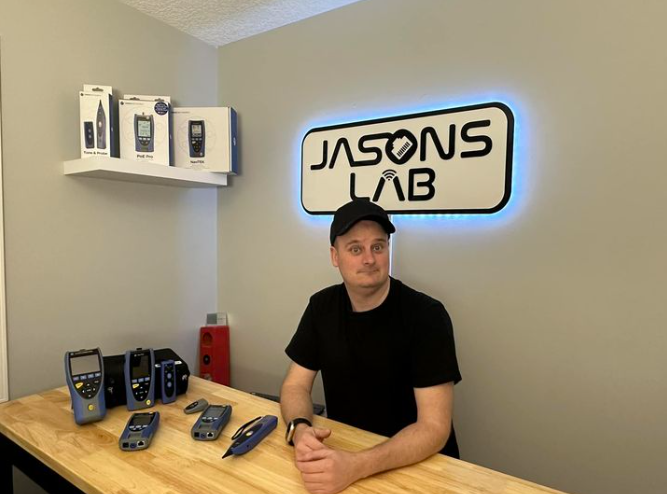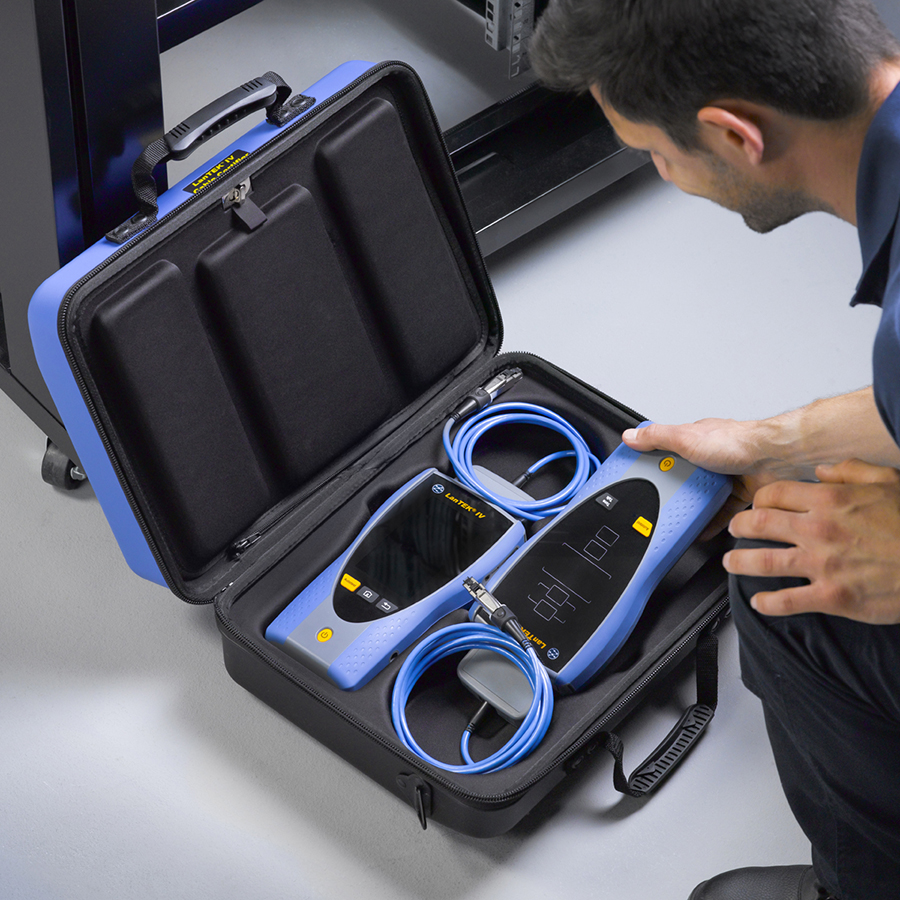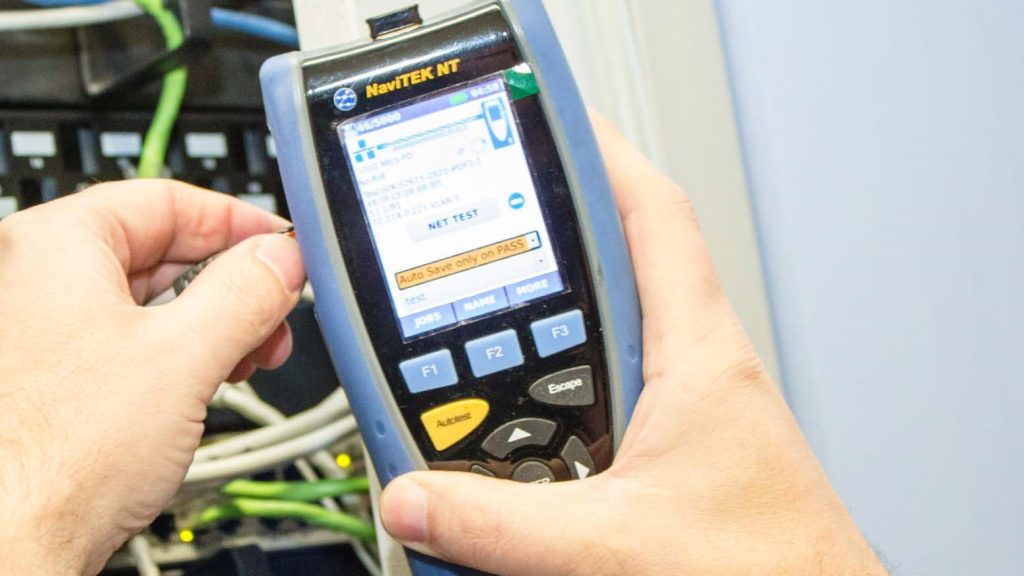TREND Networks offers new guidance on testing and certification of fibre optic cabling
TREND Networks has published a free White Paper, titled ‘Options for testing and certification of fibre optic cabling’ explaining the two tiers of field certification and different test limits to determine pass/fail performance. This aims to address the demanding requirements of today’s network applications, where field certification of fibre optic cabling is more critical than ever.
“In today’s high-bandwidth world, allowable signal loss in fibre optic cabling can be so low that seemingly small issues can cause excessive errors in network transmission,” says Dan Barrera, Director of Product Innovation at TREND Networks. “As such, it’s vitally important to understand the difference between Tier1 and Tier 2 certification, which utilise different types of test equipment to characterise the performance of fibre cabling, as well as fibre loss limits.”
Tier 1 certification documents the insertion loss and length of cabling using an Optical Loss Test Set (OLTS) and is measured in decibels (dB). TREND Network’s White Paper takes and in-depth look at fibre loss limits and their implications.
“While the ISO and TIA standards bodies have defined dB allowances for fibre loss, connections, and splices, an increasing number of high-bandwidth applications in commercial installations require losses to be well below what the ISO/TIA standards allow,” says Dan.
Tier 2 certification adds an Optical Time-Domain Reflectometer (OTDR) test to the OLTS test used for Tier 1. “This is not instead of an OLTS test,” Dan explains. “This is a common point of confusion in the industry. While OLTS measures fibre loss across the whole link, the OTDR can “see” events on the link, such as connections and splices, and measure the loss on each.”
The White Paper goes on to describe how OTDR results are presented and interpreted before explaining why Tier 2 testing should be standard practice.
“While OTDR testing may have been prohibitively expensive and difficult in the past, that is no longer the case. Tier 2 certification should be considered by every network designer for the best peace of mind,” Dan concludes.
To download the ‘Options for testing and certification of fibre optic cabling’ White Paper, visit: https://www.trend-networks.com/learninghub-videos/options-for-testing-and-certification-of-fibre-optic-cabling/
Find out more about FiberTEK IV Tier 1 certifiers or the FiberMASTER OTDR for Tier 2 certification by visiting www.trend-networks.com.






